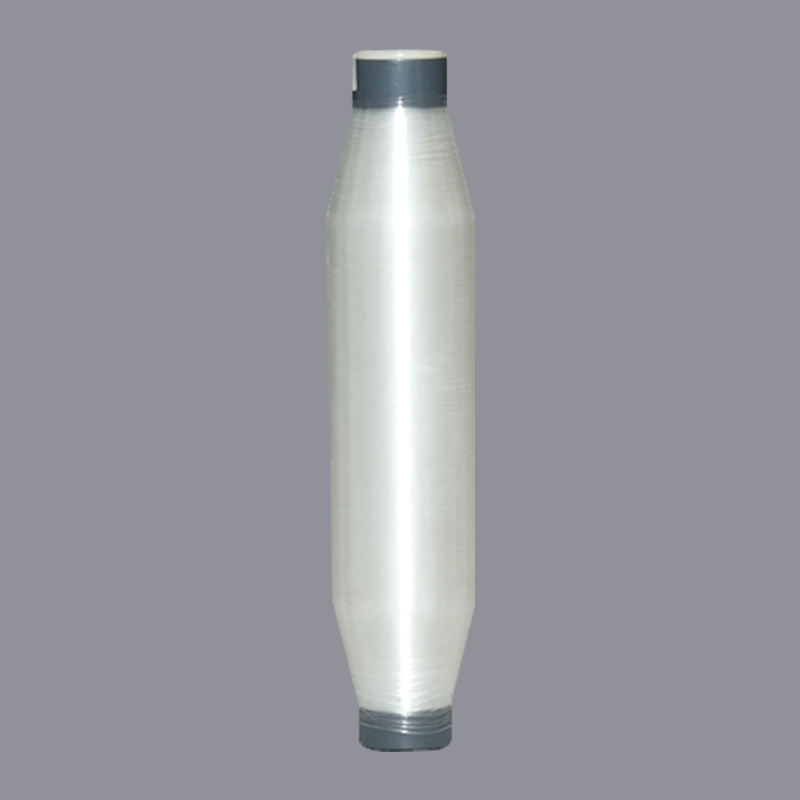Chemical fiber fabrics are mainly divided into two categories: regenerated fibers and synthetic fibers. The following is a detailed introduction:
Regenerated fiber. This type of fiber uses natural polymer compounds such as cellulose and protein as raw materials and is made through chemical processing. Mainly including viscose fiber and rich and strong fiber. Viscose fiber is made from natural cellulose (such as cotton linters, wood) and has good hygroscopicity and air permeability, as well as good dyeing properties. Rich and strong fiber is a modified viscose fiber with higher strength, smaller shrinkage and better alkali resistance.
synthetic fiber. This type of fiber is made of synthetic polymer compounds, such as polyester fiber (polyester), polyamide fiber (nylon), polyacrylonitrile fiber (acrylic fiber) and polypropylene fiber (polypropylene). Synthetic fibers have the advantages of high strength, wear resistance, low density, and good elasticity, but they also have disadvantages such as poor dyeability and easy generation of static electricity.
In addition, chemical fiber fabrics can also be divided into textured filaments, filaments, composite fibers, heterosexual fibers and short fibers according to their shapes, and into ordinary fibers and special fibers according to their uses. Special fibers include fibers with special properties such as corrosion resistance, high temperature resistance, high strength and high modulus, such as high temperature resistant fibers, high strength and high modulus fibers, etc.

